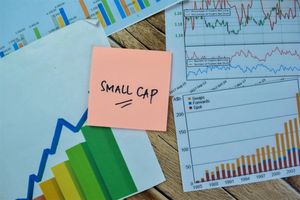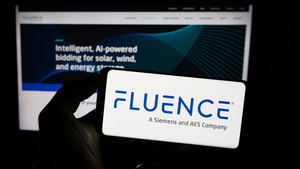When most investors think about recurring income, their minds go straight to dividends, bonds, or annuities. These instruments are familiar, stable, and designed to generate predictable cash flow. But in today’s market, a new form of recurring income is attracting attention: software subscriptions.
Recurring revenue from software companies is increasingly being treated like an asset class in its own right. For private equity firms, family offices, and strategic buyers, the predictable nature of annual recurring revenue (ARR) and monthly recurring revenue (MRR) is every bit as appealing as a bond coupon — with the added upside of growth.
Why Investors Are Looking at Recurring Revenue
Three key dynamics make recurring revenue from software businesses stand out to investors:
-
Predictable Cash Flow Subscription contracts create visibility into future revenue streams. For investors accustomed to trading earnings surprises in public equities, the ability to forecast revenue with confidence is a significant advantage. (More on the recurring revenue model here)
-
High Retention Rates Many vertical SaaS firms report annual retention rates above 90%. This kind of stickiness is rare in other industries. Investors view strong retention as a hedge against economic downturns, since customers often see the software as mission-critical.
-
Attractive Multiples Software M&A transactions routinely command 4–7 times ARR in the lower middle market, with premium multiples going to companies demonstrating both growth and profitability. Compare that to traditional businesses, which may only sell at 4–6× EBITDA, and it’s clear why capital is chasing software.
Recurring Revenue vs. Traditional Assets
Let’s compare recurring revenue with other standard income streams:
|
Asset / Income Source |
Typical Return Lens* |
Upside Potential |
Volatility |
Liquidity |
Notes |
|---|---|---|---|---|---|
|
Investment-grade Bonds |
3–6% yield |
Low |
Low |
High (public markets) |
Rate-sensitive; limited growth |
|
Dividend-paying equities |
2–4% yield + price appreciation |
Moderate |
Moderate |
High (public markets) |
Dividends discretionary |
|
Real estate rental income |
4–7% cap rates + appreciation |
Moderate |
Low–Moderate |
Low–Moderate |
Capital-intensive; local risk |
|
SaaS recurring revenue (ARR/MRR) |
4–7× ARR deal multiples (private) |
High (via growth + exit multiple) |
Moderate (private-market) |
Low (illiquid until exit) |
“Bond-like” cash flow + equity-like upside |
*Illustrative ranges; market- and risk-dependent.(Good overview of investor comparisons)
The key difference is growth potential. Bonds and dividends tend to remain relatively stable over time. Software subscriptions can.
What It Means for Investors in 2025
-
Private Equity is deploying “dry powder” into SaaS because the asset behaves like a bond (predictable) but can be sold later like equity (growth).
-
Strategic Buyers are consolidating niches, building platforms in areas like ag-tech, fintech, and HR-tech.
-
Family Offices are moving down-market, buying smaller software firms as steady cash-flow machines to balance their portfolios.
For traders who follow public markets, this activity in private software mergers and acquisitions (M&A) is a signal. Acquisitions of smaller firms today often foreshadow where the next wave of IPOs or large-cap consolidations will happen tomorrow.
Risks to Keep in Mind
No asset is without risk. For recurring revenue in software, investors need to watch:
-
Churn: High customer turnover erodes predictability.
-
Revenue Concentration: Overreliance on a few large clients makes cash flow less secure.
-
Growth vs. Profitability Trade-offs: A business can burn too much cash chasing growth, which undermines the “bond-like” appeal.(For more on churn analysis)
Bottom Line
Recurring revenue is more than just a business model — it’s becoming an asset class that investors treat with the same seriousness as dividends or real estate cash flow. The difference? Unlike traditional assets, recurring revenue businesses have the potential to scale globally, command premium valuations, and create equity-like upside.
For investors in 2025, ignoring the role of recurring revenue in software mergers and acquisitions (M&A) means missing a growing part of the financial landscape.
Author bio:
David Jacobs is a business broker focused on software and SaaS companies in the $3M–$20M revenue range. He has successfully guided founders through exits to both private equity groups and strategic acquirers. Learn more at davidjacobsbusinessbroker.com.
Disclaimer: The information contained in this article is provided for informational purposes only and does not constitute financial, legal, tax, or investment advice. David Jacobs is a California-licensed Business Broker (DRE #02097583) and is not a registered investment adviser or securities broker-dealer. The opinions expressed are solely those of the author and do not necessarily reflect the views of Barchart.com or its affiliates. Readers should consult their own professional advisors before making any financial or transactional decisions. Past performance is not indicative of future results.
Media Contact
Company Name: DJBB
Contact Person: David J
Email: Send Email
Country: United States
Website: https://davidjacobsbusinessbroker.com






